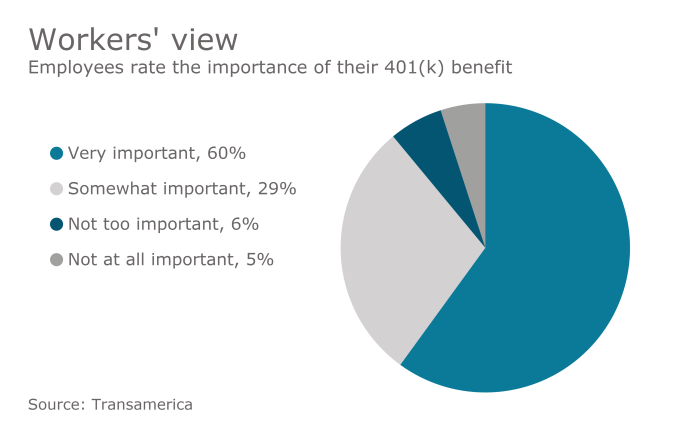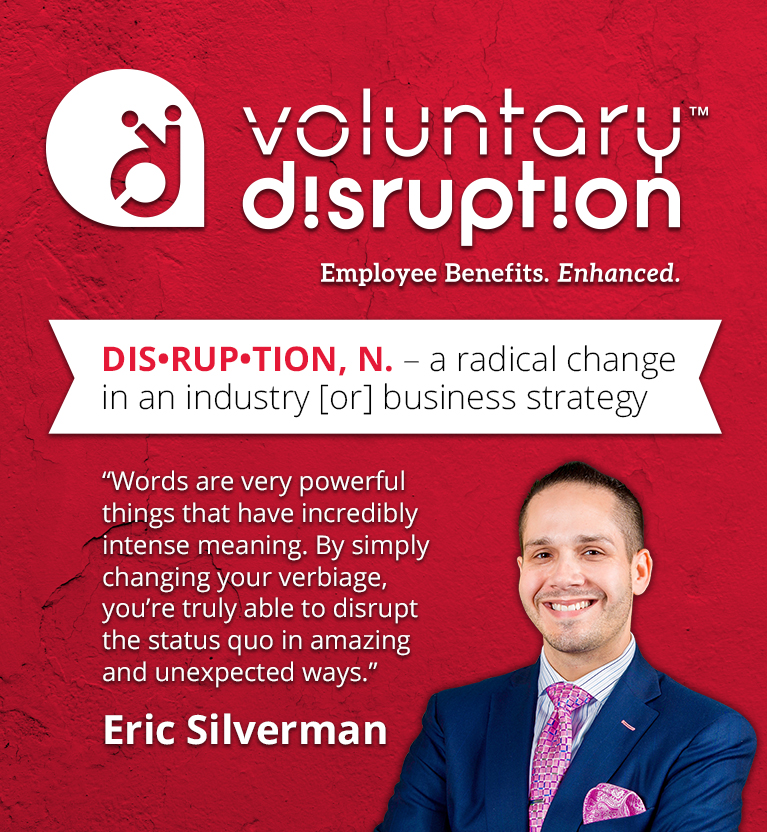The concept of defined contribution (DC) is not widely used in the enhanced, or voluntary, benefit space. But communicated properly, approaching enhanced benefits from the DC perspective is a powerful and innovative tool that brokers can bring to their clients.
I start the conversation by asking employers, “Why do you pay for benefits such as life, dental, vision and disability?”
I want them to really think about why these four specific non-health insurance benefits are still the ones that most employers pay 100% for employees. When they can pay for any benefit, why these ones in particular?
The response I get back from most employers and HR professionals is generally a generic reply:“They’re nice benefits. Our employees like them.”
When I question them further, it often turns out that although they’ve been in business 10, 20 years and switched health brokers a handful of times, they’re still offering the same employer-funded benefits suggested by their original broker, simply because it was what everyone else in the industry was doing.
To make matters worse, all that typical brokers are doing is bringing “less bad” increases over prior brokers. In essence, rearranging the deck chairs on the Titanic as the ship sinks.
Even so, it’s an understandable pattern, as most people starting a new company don’t know anything about benefits, so they rely on the suggestion of their broker. Five, 10, 15 years later, they find another health broker, and they do the exact same thing. It’s a never-ending cycle — and it’s small thinking.

For example, employers spend so much money each year funding life, disability insurance, dental and vision, but often times, analyzing claims data shows the vast majority of employees rarely even use some of these benefits. Of course, the goal of life and disability is not to use them, but it’s also common for several years to go by without the masses using dental or vision for a checkup.
Employers offer benefits for two reasons: They want to attract and retain top-notch talent. That’s it. Are these benefits really helping to meet those goals if employees aren’t using them? Building off of that concept, I’ll ask an employer, “What do you think it would do from an attraction and retention strategy standpoint if you offered your employees a shopping spree?”
I always use the term “shopping spree.” Everybody loves a shopping spree, even a benefits-related one.
So, I say, “Mr. Employer, instead of just arbitrarily picking four products that 20 or 30 years ago your broker said were important to offer (and pay for), why not take the money that you are collectively spending on those products for all your employees combined and divide that dollar amount up per month amongst your employees and give them a shopping spree?”
I’m not suggesting that employers give anyone a raise, so if they don’t use their DC allocation, so be it – the shopping spree is ‘use it or lose it.’ But, why not give them a DC where they can pick and choose among a platter of benefits, that after proper and thorough education, ones they may be significantly more interested in to suit their individual and family needs.
If an employee really wants the most elaborate, robust dental plan, that’s fantastic, they can use all of their money for that. Same goes for critical illness, accident, cancer or hospital indemnity, etc. There are so many different types of benefits out there and so many different combinations – the idea is to empower employees to make true consumer-driven benefits decisions.
Another way to explain it to clients is, as an employer, if you offer to buy lunch for the entire office and hand them a menu to choose from, do you care if they order a salad or a panini? What’s the difference? The employer is spending the money either way, and the employee is happy in choosing what they’d most like to eat.
If you forgo the options and provide something they don’t like to eat or drink, it’s a waste of money. So why not treat benefits the same way? Give them a menu of benefits. Through proper, thorough education, they’re then empowered to choose proactively how to spend their allocated benefit dollars.
Dare to be Different
Offering the stereotypical four benefits of dental, vision, life and disability as employer-funded perks check off a box for most brokers, but how is that innovative? How is that different? How does that set you apart from the competitors in your marketplace? It doesn’t.
What differentiates advisers and their employer clients alike is to be innovative. You’re not asking the employer to spend more money, but rather to simply reallocate the money for benefits so that it gives the employees a say in how they spend it. More often than not, the employee will match, and many times, even spend more, per month, when the employer has skin in the game, too.
This approach, as simple as it sounds, is a game changer for brokers to differentiate themselves in the marketplace.
Often, the question comes up, “What about employers who don’t offer any type of employer-funded dental, vision, life, disability? Or those who don’t even offer any health insurance?”
If you ask any employer why they don’t do it, the typical response is cost. They simply can’t afford it. Ultimately, in these types of situations, I take the “something is better than nothing” approach.
Ask the employer, in a perfect world, what is the dollar amount per month they’d be able to allocate per employee for benefits. Typically, they’ll say $50-$150, but the dollar amount doesn’t matter. Rather, it’s the concept that any dollar amount put toward a platter of different benefit options that provide a tremendous level of choice for employees who before had nothing is extremely valuable.
Additionally, the DC model allows the C-suite to truly take charge and be in control – to manage the benefits supply chain by budgeting for any increases they feel are prudent if and when they’d like to do so. As opposed to the carriers who raise rates nearly every year for whatever reason they want.
Taking a level-funded DC approach allows the C-suite to control the budget. They’re empowered, and ultimately, it’s a win-win for everybody. The employer is able to spend reasonable amounts that they can actually budget for and afford. The employee is now getting benefits that they never had before, which strengthens the relationship they have between themselves and the employer. And, the adviser-client relationship is strengthened as well.
Want to learn more? Reach out to me directly, and we can talk.

